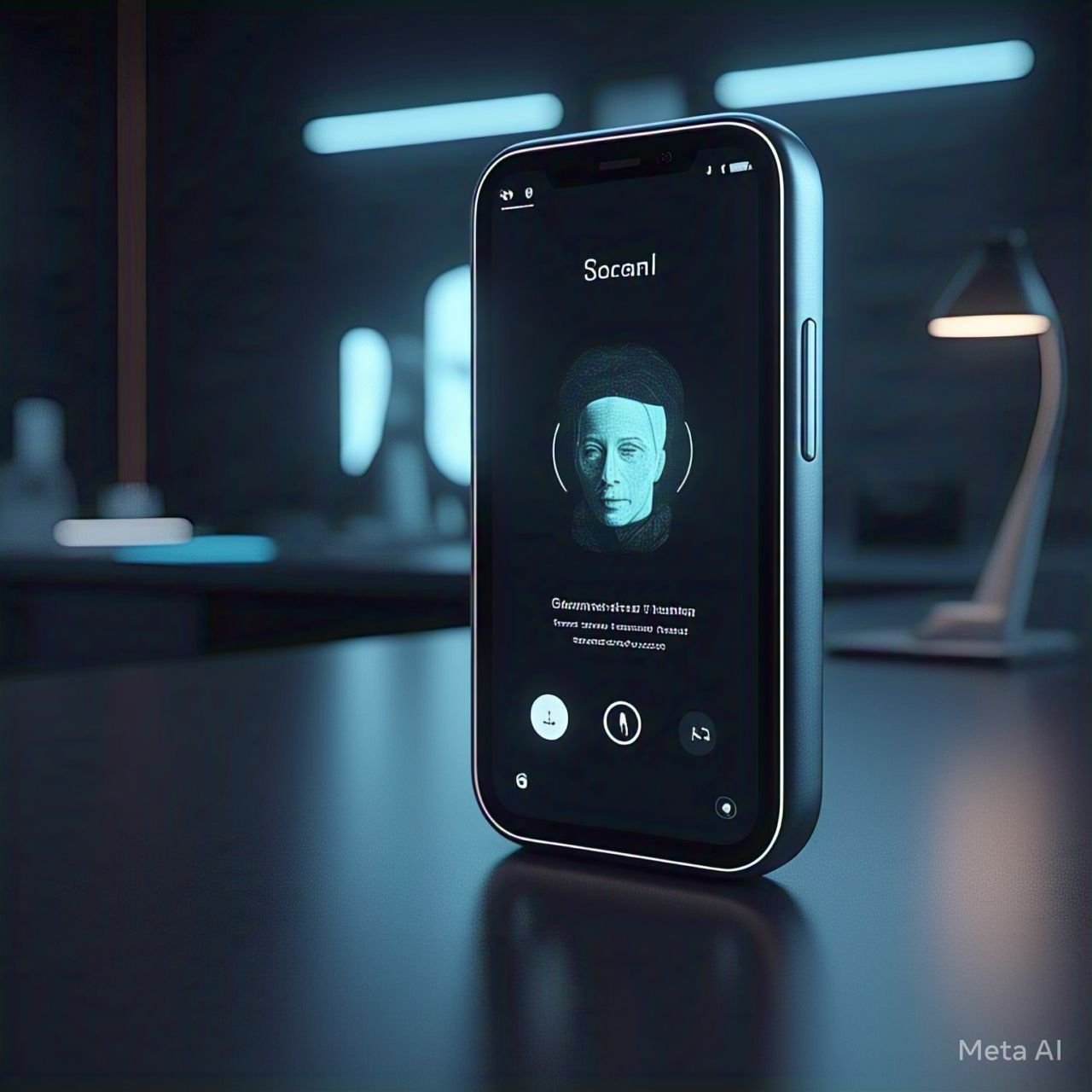Introduction
In the era of biometric security, AI-powered 3D facial recognition has emerged as one of the most secure and convenient authentication methods in smartphones. Unlike traditional 2D face recognition, which can be tricked by photos or videos, 3D facial recognition uses advanced AI algorithms to map and analyze facial structures with high precision. This technology is revolutionizing smartphone security, mobile payments, and personalized user experiences. In this article, we explore how AI-driven 3D facial recognition works, its benefits, and its future applications.
How AI-Powered 3D Facial Recognition Works
1. 3D Depth Mapping Technology
AI-based 3D facial recognition uses specialized sensors, such as:
- Infrared (IR) Depth Sensors – Measures depth by emitting infrared light and analyzing the reflection pattern.
- Structured Light Scanners – Projects a grid of light onto the face and detects distortions to create a 3D model.
- Time-of-Flight (ToF) Sensors – Calculates the time taken for light to bounce back, mapping the facial structure with precision.
2. AI-Driven Facial Data Processing
Once the facial data is captured, AI algorithms process and analyze it by:
- Converting facial contours into a mathematical model.
- Comparing the captured face with stored biometric data.
- Using deep learning to improve recognition accuracy and prevent spoofing attempts.
3. Machine Learning for Enhanced Accuracy
AI continuously learns and improves facial recognition by:
- Adapting to changes in lighting, angles, and facial expressions.
- Detecting attempts to bypass authentication with masks or printed images.
- Improving security by recognizing micro-expressions and subtle facial movements.
Benefits of AI-Powered 3D Facial Recognition
1. Enhanced Security
- Resistant to Spoofing – Unlike 2D facial recognition, AI-powered 3D facial scans cannot be fooled by photos or videos.
- Liveness Detection – Identifies real human faces by analyzing depth, texture, and micro-movements.
- Multi-Factor Authentication (MFA) – Works alongside PINs and passwords for extra security layers.
2. Faster and More Reliable Unlocking
- AI-driven facial recognition enables instant unlocking, even in low-light conditions.
- Works efficiently despite minor appearance changes (beard growth, makeup, or hairstyle changes).
- AI adapts over time, improving recognition speed and accuracy.
3. Seamless Mobile Payments and Authentication
- Used for secure transactions via Apple Face ID, Samsung Face Unlock, and Android Biometric Authentication.
- AI enhances financial security by preventing fraudulent transactions.
- Supports password-free login for apps, banking, and online services.
4. Personalized User Experience
- AI-driven facial recognition customizes smartphone settings and app preferences based on user identity.
- Enables smart notifications and screen privacy, hiding sensitive content when an unauthorized person looks at the screen.
- AI adapts gaming experiences by tracking facial expressions and emotions.
Real-World Applications of AI-Powered 3D Facial Recognition
1. Smartphone Security and Access Control
Leading smartphone brands such as Apple, Samsung, and Google have integrated AI-powered 3D facial recognition into their flagship devices, providing a seamless authentication method.
2. Contactless Payments
AI-enhanced facial recognition is revolutionizing digital payments by allowing users to confirm transactions securely without passwords or PINs.
3. Augmented Reality (AR) and AI-Driven Emojis
- AI tracks facial expressions in real time, enabling AR avatars and emojis to mimic user emotions.
- Used in applications like Apple Animoji and Samsung AR Emoji.
4. Healthcare and Remote Patient Monitoring
- AI-powered 3D facial recognition is used in telemedicine for remote identity verification.
- Analyzes facial health indicators, such as stress levels, fatigue, and heart rate, based on micro-expressions.
The Future of AI-Powered 3D Facial Recognition
1. AI-Enhanced Anti-Spoofing Mechanisms
Future AI algorithms will include advanced anti-spoofing detection by identifying:
- Deepfake attempts using AI-driven forensic analysis.
- 3D mask detection to prevent fraudulent authentication.
2. Integration with Augmented Reality and Metaverse
- AI-powered 3D facial recognition will enable hyper-realistic avatars in AR and virtual environments.
- Used in Metaverse applications for secure identity verification and immersive interactions.
3. AI-Powered Emotion Recognition
- AI will analyze facial expressions to detect emotions, improving human-machine interaction.
- Used in mental health applications to monitor emotional well-being through facial cues.
Conclusion
AI-powered 3D facial recognition is revolutionizing smartphone security and user experience by providing faster, more secure, and intelligent authentication. From mobile security and digital payments to AR-based applications and healthcare, AI is shaping the future of facial recognition technology. As AI continues to evolve, we can expect even more accurate, adaptive, and secure facial recognition systems, enhancing smartphone interactions like never before



